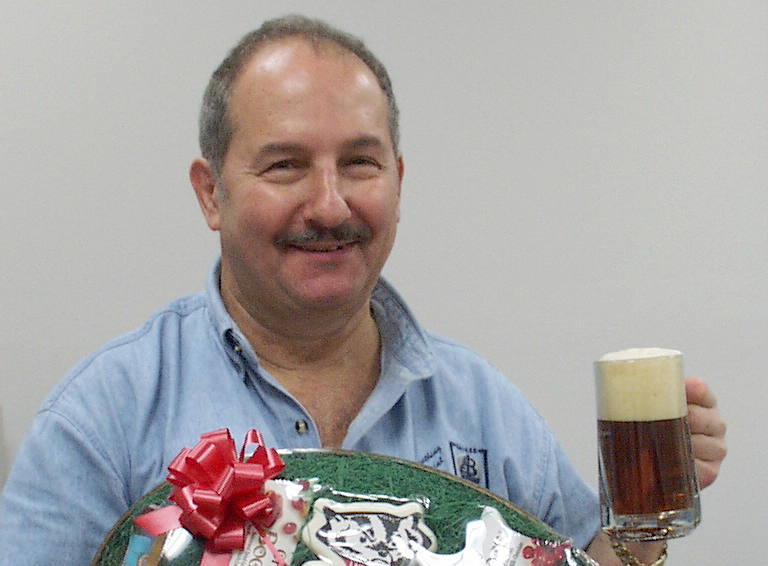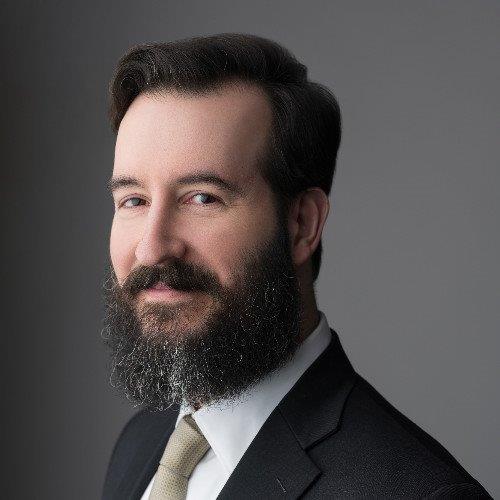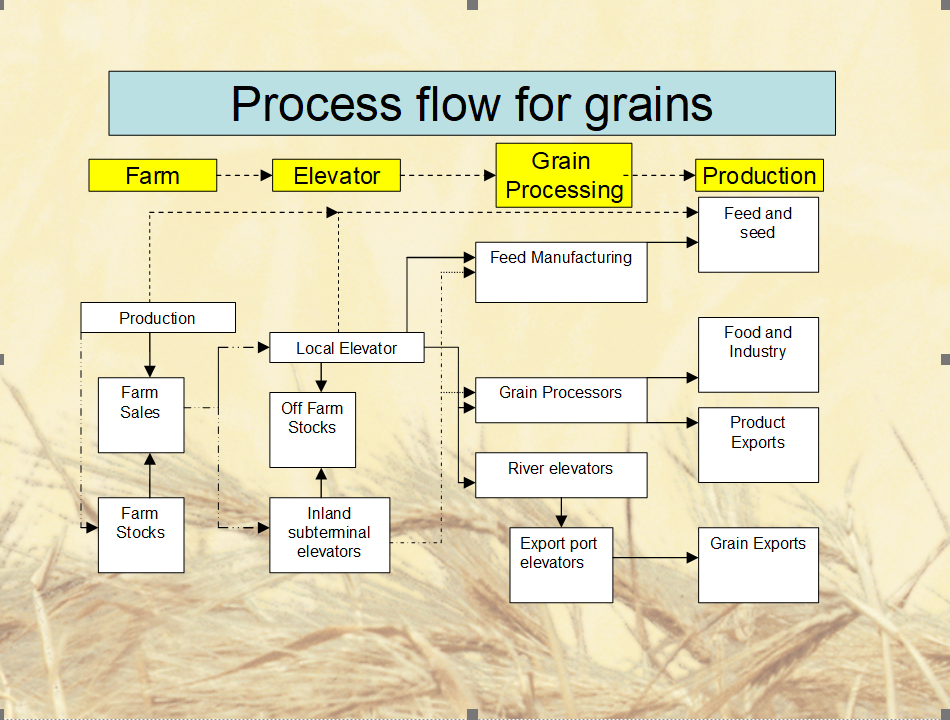Pioneer on a Mission with Malt

Craft beer has become well established in the United States and is a cherished part of life for many of us.
There are more than 8,000 craft breweries in the U.S. and new breweries are opening every year. Beginning in the 1970s, craft beer ushered in a renaissance in the category and has created an entirely new perspective about beer across generations of beer enthusiasts. How often do we take a moment to look back on the industry’s journey and appreciate the pioneers who brought us here?
One of those pioneers was Roger Briess, fourth-generation owner and leader of Briess Malt & Ingredients.
Roger was a visionary who deeply believed in the craft beer movement. He knew the importance of high-quality specialty malt to making beer that delivered what brewers want to achieve and what consumers expect.
He fiercely advocated for cooperation and partnership in the craft beer industry, a message that has always been a hallmark of the industry and continues to be amplified by the Brewers Association.
Many of us who are connected to the craft beer community did not have an opportunity to meet Roger or understand his legacy. To learn more about the man and his mission, I spoke with some brewing legends who knew Roger and collaborated with him when craft beer was in its infancy and before anyone knew where it would lead.
Dan Carey, Brewmaster at New Glarus Brewing, said that craft beer “was personal to Roger.” In the early days of his brewery, Dan wanted to make a German-style beer and reached out to Briess. “The first time I called Briess’ office in Chilton, Roger picked up the phone. I told him what I was trying to do and he said ‘Grab a pen, let’s design a recipe.’ We discussed the percentage of each malt. In those days every time I was creating a recipe, I called him up. Roger was very knowledgeable.”
Charlie Papazian, Founder of the Association of Brewers and longtime former President of the Brewers Association, described Roger as “the first craft maltster who was accessible to craft brewers. He offered malt in packages that were usable by small craft brewers.” Charlie noted that “95% of craft brewers started by homebrewing, and Roger’s ideas, innovation, and helpfulness were the counterpart start for the craft supply industry.” In the early days there was a high level of uncertainty in the craft beer industry, including financial instability for many of the small breweries. Charlie noted that “Roger took risks supplying product to brewers not knowing whether they would be able to pay.” Roger was passionate about the success of craft brewers, and he was willing to accept additional risk for his business in order to help his customers succeed.
David Grinnell, VP of Brewing and Quality at Boston Beer, has been involved at the revolutionary craft company since its earliest days and was one of the key players who led the company to its current level of success. David said, “In the early days Briess was the only game in town. At Boston Beer we were so immature as a company. Roger was there holding our hands; you guys were the complete package.” He summarized by stating “The craft brewing revolution went on as long as it did because of Roger Briess.”
Joe Hertrich, retired Group Director of Brewing Raw Materials at Anheuser-Busch, with more than 50 years in the industry, recalled that in the 1980s the only product available was base malt to make international-standard lagers. To fill that void, “Roger started the pre-ground malt business because he was getting involved with small craft brewers who didn’t have a mill.” Joe described him as a “permanently curious person.” On one occasion, Joe and Roger visited Briess’ Insta Grains® plant, and the two of them stood in front of a board that showed all the products made at the plant. Roger demonstrated his passion for innovation when he said “We should be able to put together a 12-grain beer.”
Ted Marti, President at Schell’s Brewery, noted that “Roger was always organizing brewers to do something.” Early in the life of Schell’s Brewery, Ted was looking for a particular type of yeast. He knew Roger was resourceful and let him know what he was trying to obtain. He said “Roger reached out to his connection at Weihenstephan University, who connected him to a German brewery that sent over a quarter barrel of yeast.” Roger paid for the shipping, and Ted said, “It was all Roger helping us get off the ground.” He noted Schell’s is still using that yeast today.
Roger always attended industry trade shows. David Grinnell and Charlie Papazian both remember meeting Roger for the first time at a trade show, probably one of the early GABF or Homebrew Con shows. Charlie described at that time “Craft brewing was like a dark cloud; you couldn’t get people to understand, distribute, or sell it. Roger Briess and Ron Siebel were the first industry people who threw their support wholeheartedly behind what we were trying to do. They could see the ideas floating around the room were something they wanted to be a part of.” David added that “Roger didn’t make a distinction between large and small brewers” and asked a rhetorical question “Where would all the craft brewers have gone if it weren’t for Roger?”
When asked about Roger’s legacy, Dan Carey said “For at least the first decade of the craft beer business, specialty malts were always represented by Briess. They understood they had to have value-added products and developed a whole stable of specialty malts. Roger determined early on the company was going to be a specialty maltster, not a commodity maltster.” Joe Hertrich echoed that by saying “When craft beer started, Roger was there to do anything and everything.” Ted Marti commented that “Without Roger, the small brewers had nothing to brew with. Everything was for American lager beers, and Roger always went out of his way to help the little guys.”
Roger was an eclectic person who had a wide range of interests, from classical music to woodworking. Dan Carey described him as “very energetic, gregarious, always looked you in the eye, and genuinely liked people.” David Grinnell made similar comments by saying Roger was “gracious, generous, and a good host.” Charlie Papazian characterized him as a “pioneer and explorer” and Joe Hertrich added Roger was “innovative and enthusiastic, especially about other people’s ideas.”
Those character traits were evident because Roger was passionate about malt and beer, which was a common theme from everyone I spoke with. Joe Hertrich stated Roger was “the most craft-sensitive maltster there ever was.” At one point Joe wanted a mesquite smoked malt – “something dry and uniquely mesquite.” That flavor profile represents a considerable development challenge. Joe noted Roger was able to deliver that malt after just the second round of trials, and “if you dig into Briess’ catalog, there is still a mesquite smoked malt there.”
Roger was born on February 11, 1937. Early in his career, Roger was trained at Weihenstephan University in Germany. He had a deep appreciation for traditional brewing methods, and they were a springboard for his exploration into the range of possibilities for malt and craft beer. When third-generation maltster Eric Briess died in 1971, Roger took over leadership of the company. His first major capital investment was to acquire long-term partner Chilton Malting Company in 1978, after which he made additional expenditures to increase roasting capacity. He understood that malt is the heart of the brewing process, and he dedicated his life to sharing that passion with others.
Roger married Monica in 1964, and together they pursued Roger’s passion. When Roger died unexpectedly in 2001, Monica took the reins and delivered on the same vision and commitment which Roger held dear. She led the company through the years when craft beer became more widely accepted and demand for the company’s food ingredients was growing. Roger and Monica’s son Craig has been involved in the company since Roger’s death 20 years ago, and in recent years has taken on a central role.
Roger loved life and was passionate about craft beer and craft malt. Twenty years after his death, Roger’s vision is still part of everything we do at Briess.
So, the next time you visit a taproom, bar, or restaurant, order your favorite craft beer and raise a glass with “Cheers!” to Roger Briess and all those who had the vision and dedication to create the craft beer industry that we know and love.


